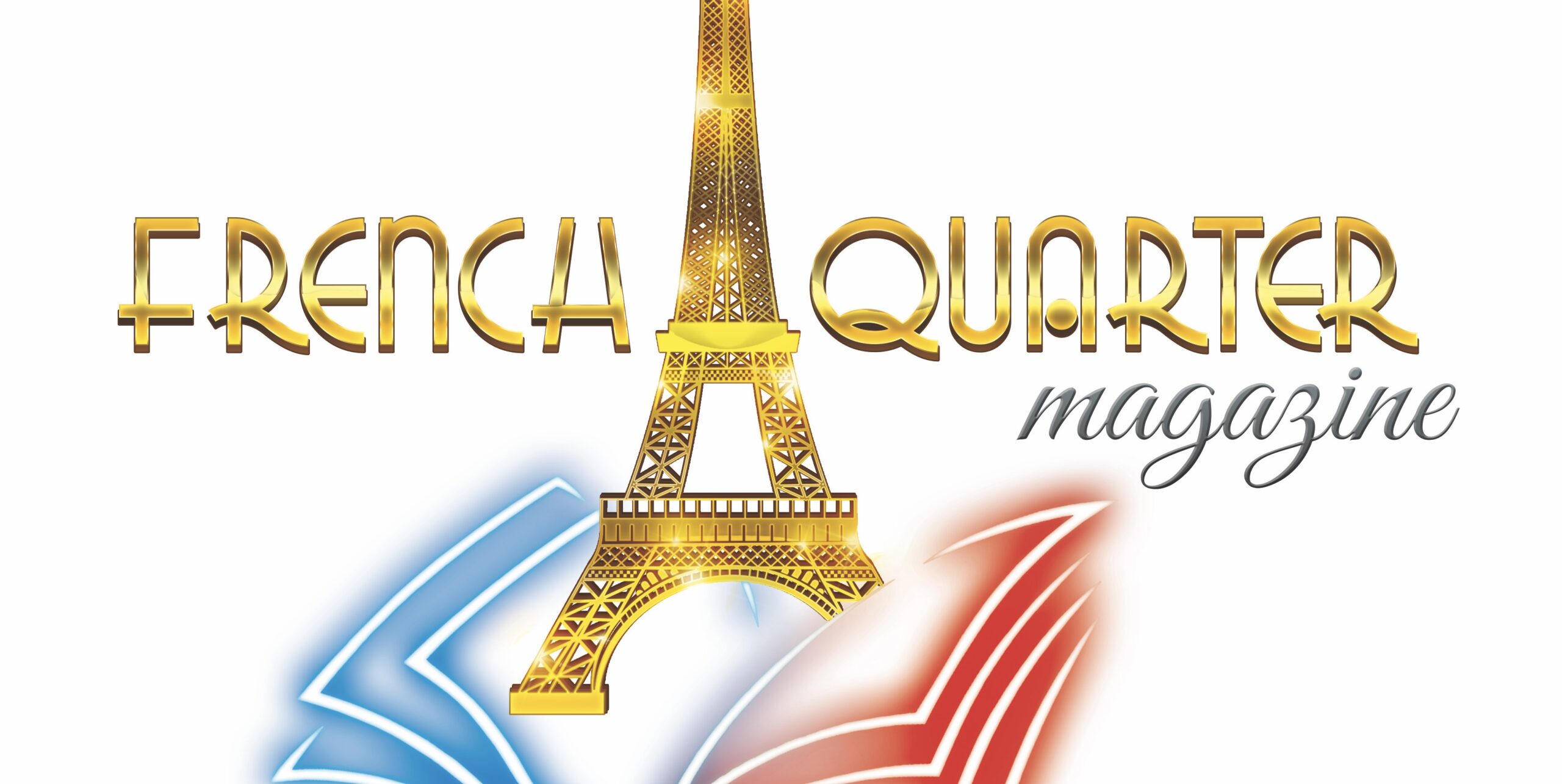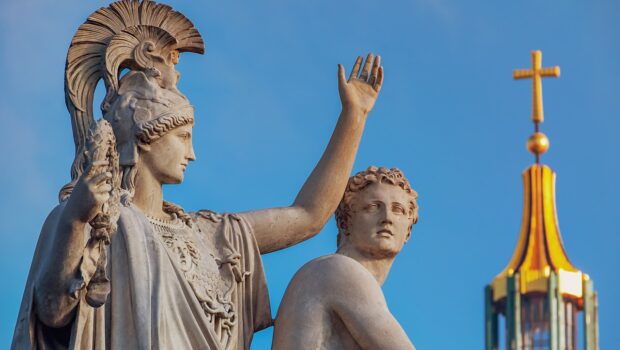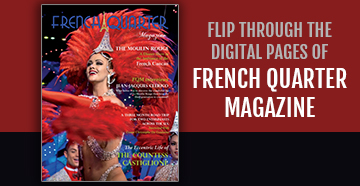6 Iconic Sculptures in Paris Museums: Top Masterpieces and Their Stories
Paris, often called the City of Art, is home to some of the world’s most renowned museums, housing a treasure trove of iconic sculptures that captivate visitors from around the globe. From classical masterpieces to contemporary marvels in steel sculpture, these artworks not only showcase exceptional craftsmanship but also embody profound cultural narratives.
1. Rodin’s “The Thinker” – Contemplating the Human Condition
Auguste Rodin’s “The Thinker” stands as a testament to human introspection. This bronze masterpiece, originally part of Rodin’s monumental work “The Gates of Hell,” depicts a muscular man deeply engrossed in thought, his brow furrowed in contemplation. Created in the late 19th century, this sculpture has become an enduring symbol of philosophical inquiry and existential angst.
2. The Louvre’s “Venus de Milo” – Beauty and Mystery
Housed in the Louvre Museum, the “Venus de Milo” remains one of the most celebrated sculptures of antiquity. Carved from marble in ancient Greece, this statue of Aphrodite, the goddess of love and beauty, mesmerizes viewers with its graceful form and enigmatic smile. Discovered on the island of Milos in 1820, its missing arms have sparked endless speculation about its original pose and purpose.
3. “The Winged Victory of Samothrace” – Triumph and Grandeur
Perched majestically at the Louvre’s Daru staircase, “The Winged Victory of Samothrace” embodies the dynamic energy of Hellenistic sculpture. This marble masterpiece, depicting Nike, the goddess of victory, descending from the heavens, captures the exhilaration of triumph and the fleeting moment of motion. Its dramatic composition and intricate detailing make it a pinnacle of ancient Greek art.
4. Modern Marvels – Steel Sculptures in Centre Pompidou
Moving into the realm of modern art, Centre Pompidou showcases innovative steel sculptures that redefine artistic boundaries. Artists like Alexander Calder and Louise Bourgeois have used steel to create sculptures that challenge perspectives and evoke emotional responses. Calder’s kinetic sculptures, in particular, mesmerize with their fluid movements and playfulness, while Bourgeois’ towering steel structures explore themes of identity and vulnerability.
5. “La Danse” by Matisse – Rhythmic Expression in Bronze
Henri Matisse’s “La Danse,” housed in the Musée d’Orsay, captures the joyous essence of dance through its simplified forms and rhythmic lines. Originally conceived as a plaster sculpture for the 1930s “La Danse” commission, this bronze version radiates vitality and movement, reflecting Matisse’s fascination with the expressive potential of the human figure.
6. The Pompidou’s “Le Pouce” by César Baldaccini – Playful Monumentality
César Baldaccini’s “Le Pouce” (The Thumb) challenges conventions with its monumental yet whimsical presence. Created from a cast of the artist’s own thumb in steel, this sculpture in the Centre Pompidou invites interaction and contemplation. Its oversized scale and industrial materiality redefine the concept of sculpture, blending humor with profound artistic inquiry.
What Are The Differences In Metal and Steel Sculptures?
Metal sculptures include a wide variety of artworks made from different metals like bronze, copper, aluminum, and brass. Artists choose these metals for their colors and how easy they are to shape. These sculptures often have classical and historical themes, using methods like casting and welding. Metals like bronze have warm colors and shiny surfaces that change over time, giving them a deeper look.
On the other hand, steel sculptures specifically use steel as the main material. They became popular during the industrial era and have a modern style with strong structures. Artists use techniques such as cutting and welding to create detailed shapes and designs. Steel sculptures focus more on contemporary ideas and experimental art, using steel’s strength and versatility to explore new artistic possibilities. While metal sculptures often represent history. And traditional beauty, steel sculptures symbolize progress, resilience, and the evolving world of modern art.
A Tapestry of Artistic Excellence
Parisian museum collections offer a rich tapestry of iconic sculptures that span centuries and styles. From the classical beauty of “Venus de Milo” and “The Winged Victory of Samothrace” to the modern innovations in steel sculpture at Centre Pompidou, each artwork tells a unique story of human creativity, emotion, and cultural evolution. Whether contemplating Rodin’s introspective “The Thinker” or marveling at the dynamic forms of Calder’s steel creations, these sculptures continue to inspire. And resonate with audiences worldwide, reaffirming Paris’s status as a global hub of artistic brilliance.
As you explore the museums of Paris, keep an eye out for these masterpieces—they are not just sculptures. But windows into the soul of art itself, inviting us to ponder, and reflect. And appreciate the beauty that surrounds us.

















Fantastic read! This article does an excellent job of breaking down what smart homes are and how they’re transforming modern…